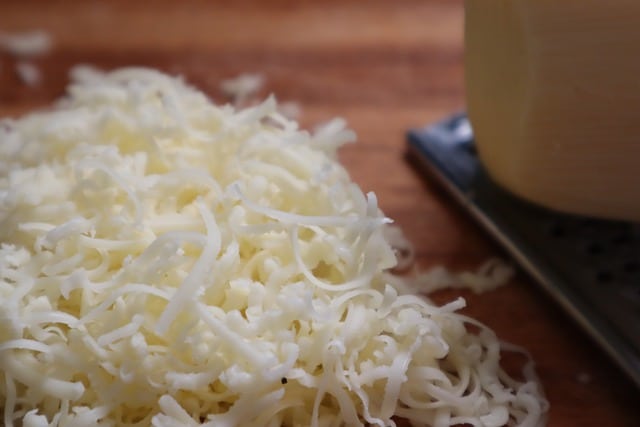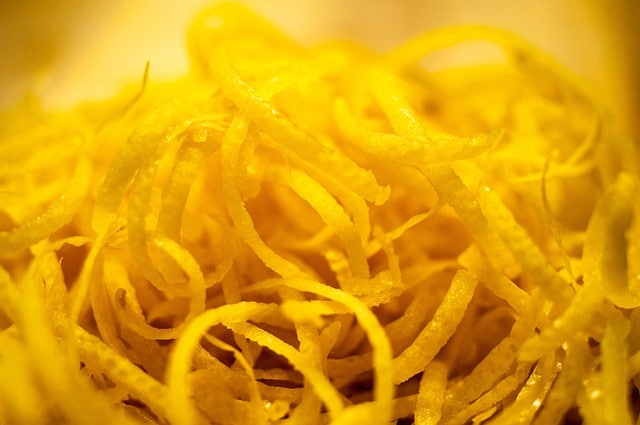
Grated cheese and pasta are almost inseparable.
Divide into small parts
When you grate something, you divide it into small parts. This task is common in the kitchen , since it allows us to obtain grated cheese (used to season pasta, for example) and breadcrumbs (used to coat different preparations).
It is important not to confuse grating with scratching . The verb scratch , with AND , refers to making stripes (lines). That's why you don't have to write striper, striped cheese or striped bread, but rather those terms have LL : grater , grated cheese , breadcrumbs .
The objective of grating food may be different in each case. Cheese, for example, is grated so that it melts and can be mixed more easily on a pizza or pasta dish. But you can also grate the peel of a lemon, orange or other fruit to flavor a cake. Chocolate, on the other hand, can be grated to decorate and flavor a dessert. You can also grate tomatoes to make a sauce, as an alternative to crushing them or simply cutting them into slices.
grate cheese
When grating cheese , hard varieties are chosen. Parmesan , reggianito , and sardo are some of the most popular grating cheeses.
The cheese can be grated immediately on the already hot plate, just before eating. It is also possible to grate it just before putting the food in the oven. Another possibility is to purchase the cheese already grated, which is sold in closed packages sold in most supermarkets. These products are more practical, but also more expensive if we want to achieve the same quality of cheese as in large pieces.
For many pasta lovers, eating it without grated cheese is something impossible to imagine. Whether it is noodles, gnocchi, ravioli or even lasagna, grated cheese is an ingredient that, although it is usually added at the end, just before serving the food, cannot be separated from the recipe. In the particular case of lasagna, the most normal thing is to spread the cheese when there are a few minutes left in cooking, so that it melts in the oven, so that it acquires a crispy consistency.
It is worth mentioning that in vegetarian cuisine there is also a wide variety of cheeses, which vegans can enjoy. None of these include milk or other products of animal origin, so their name does not correspond to traditional recipes, although their flavors can be quite similar. Just like the others, they can be made with different consistencies , both to grate, to melt or to eat in slices, among other options.

Lemon or orange zest is used to flavor cakes and other desserts.
Breadcrumbs
To grate bread , on the other hand, dry pieces are chosen. The usual thing is to grate bread that was made several days ago and, for that reason, is already hard. Breadcrumbs are used to bread milanesas and croquettes , to mention two alternatives, but also as a binder in hamburgers and meatballs .
Breading provides an unparalleled layer to these and other foods, which becomes crunchy and especially absorbs oil and sauces. Additionally, the ingredients inside the breadcrumb layer cook differently, with a more concentrated flavor than if they come into direct contact with heat. Just like grated cheese, this is an almost inseparable component of certain recipes.
